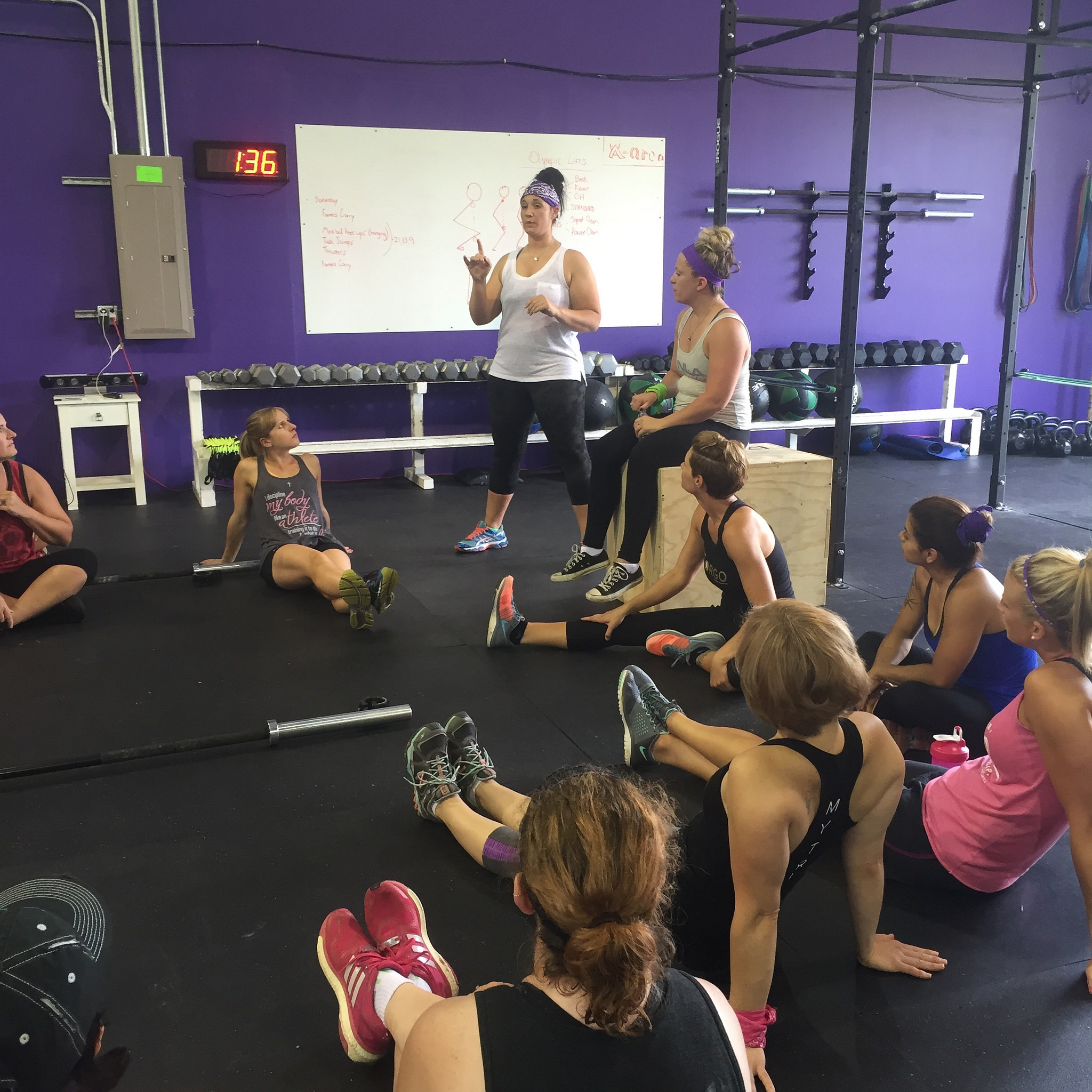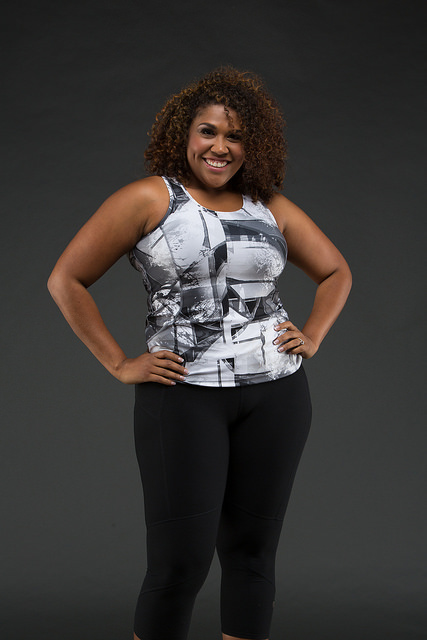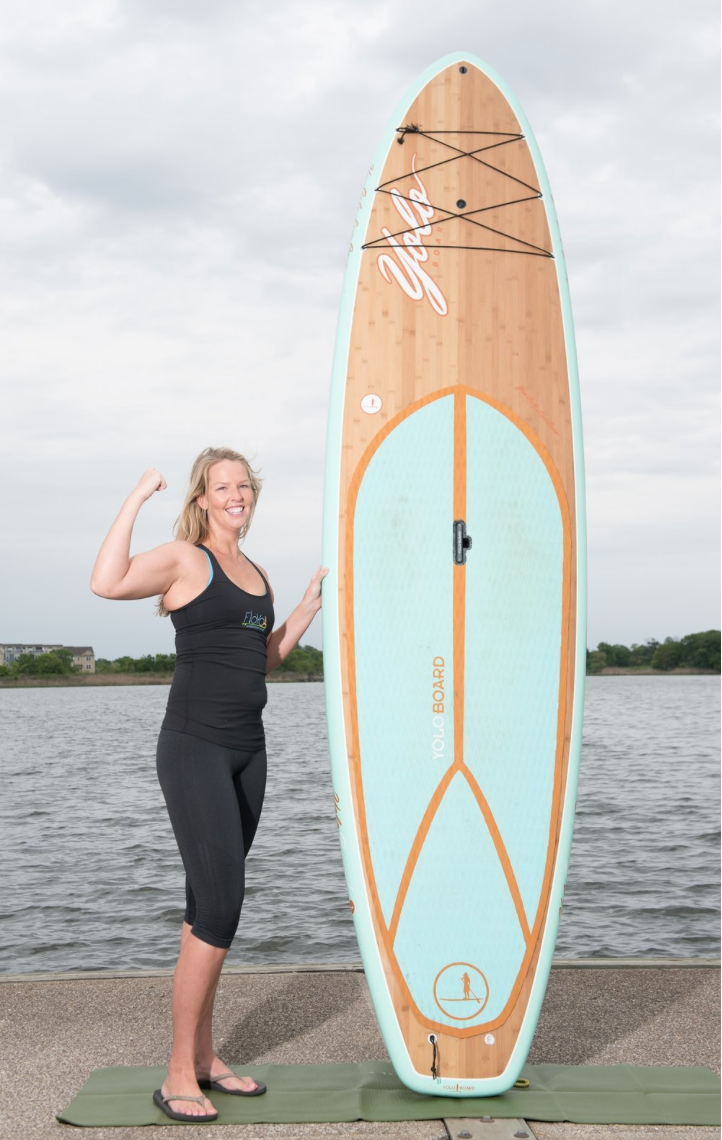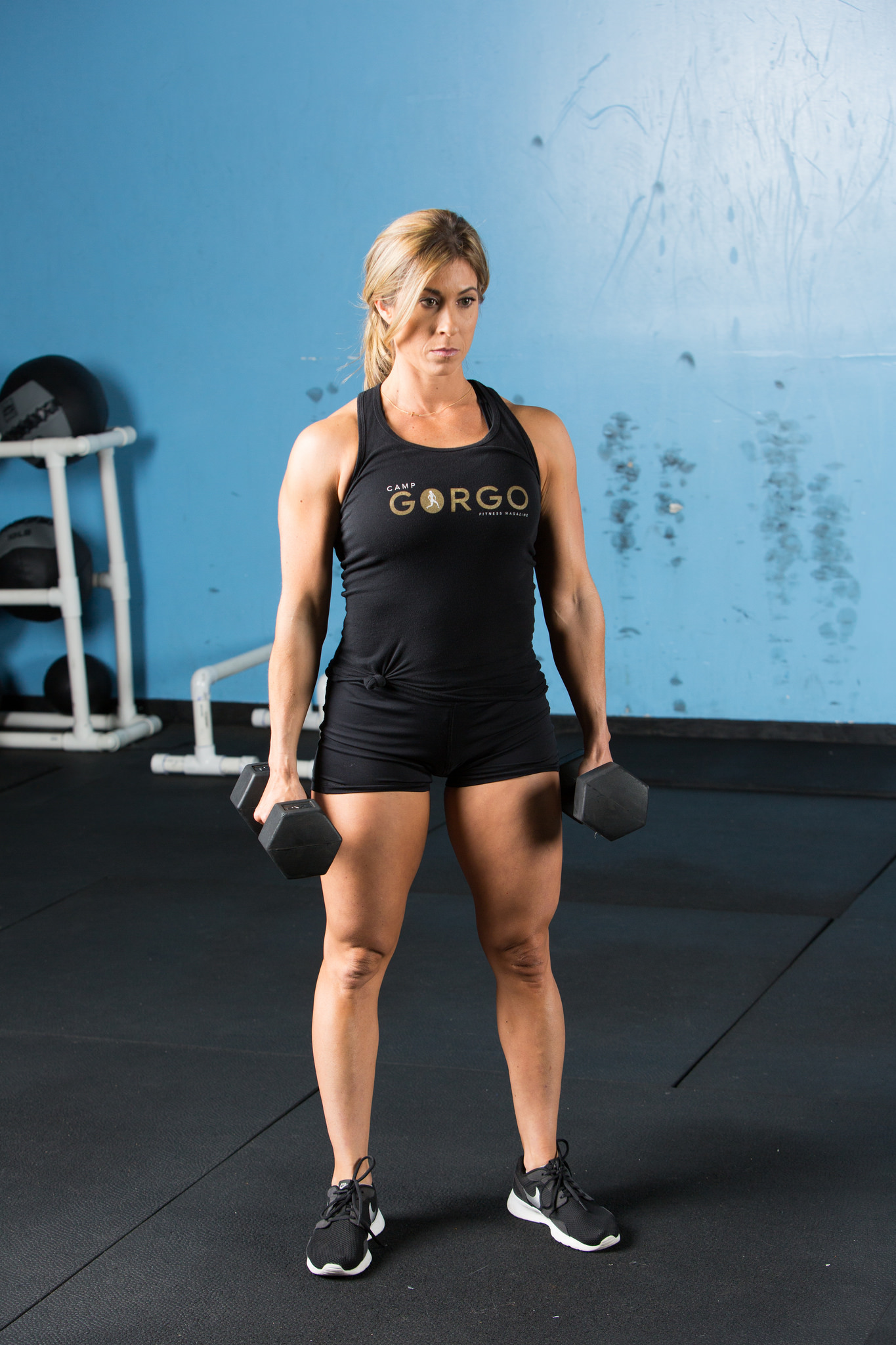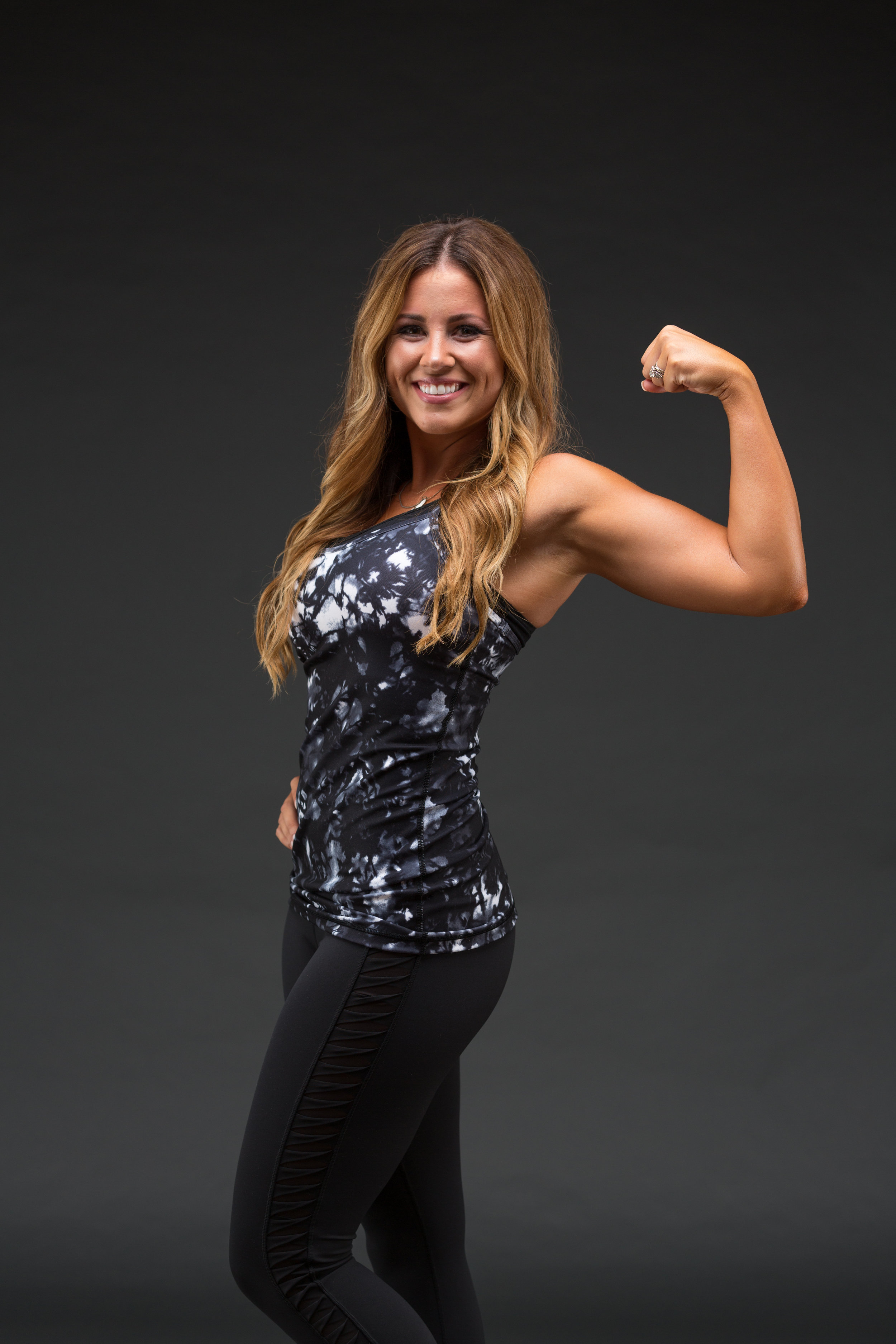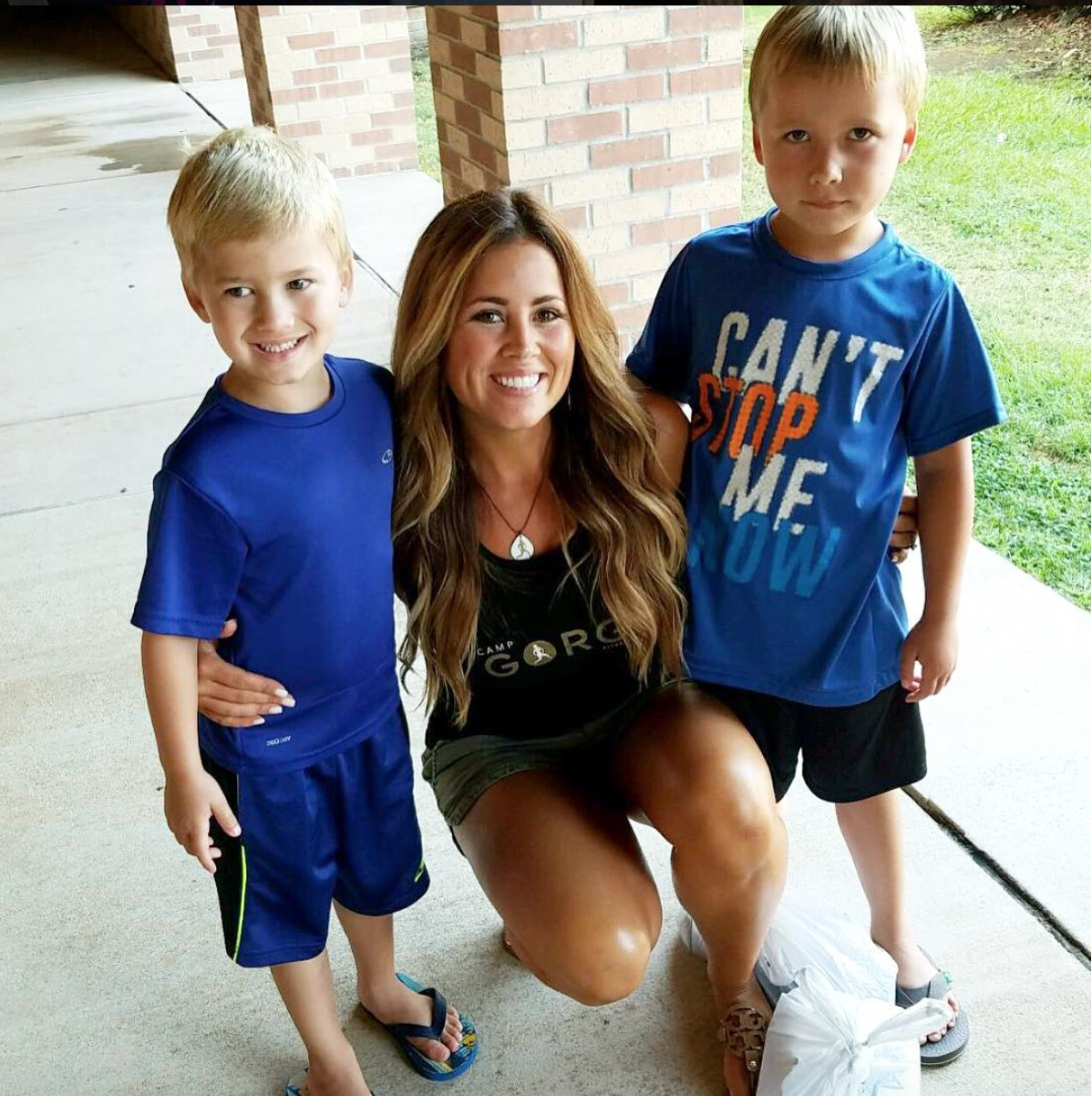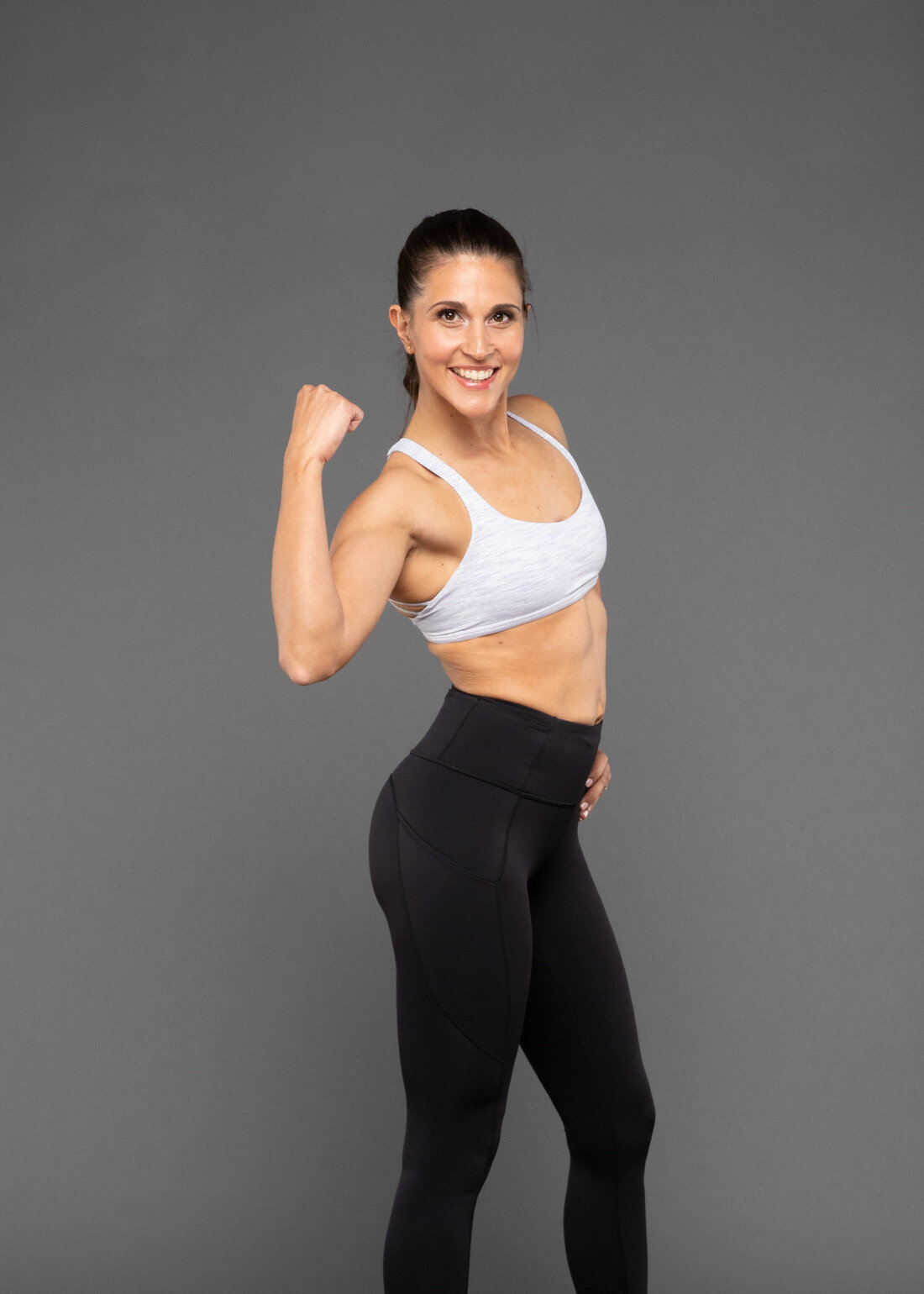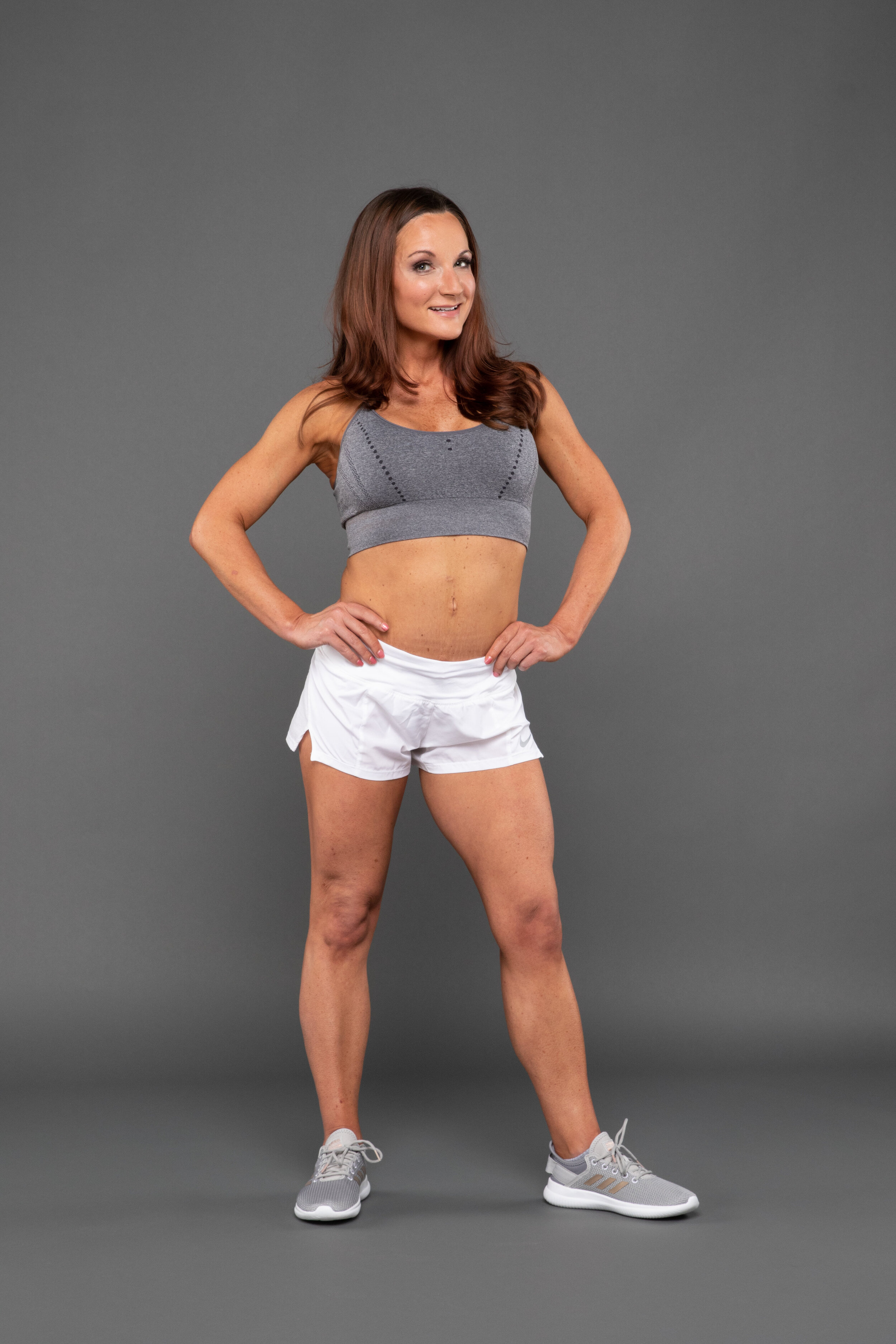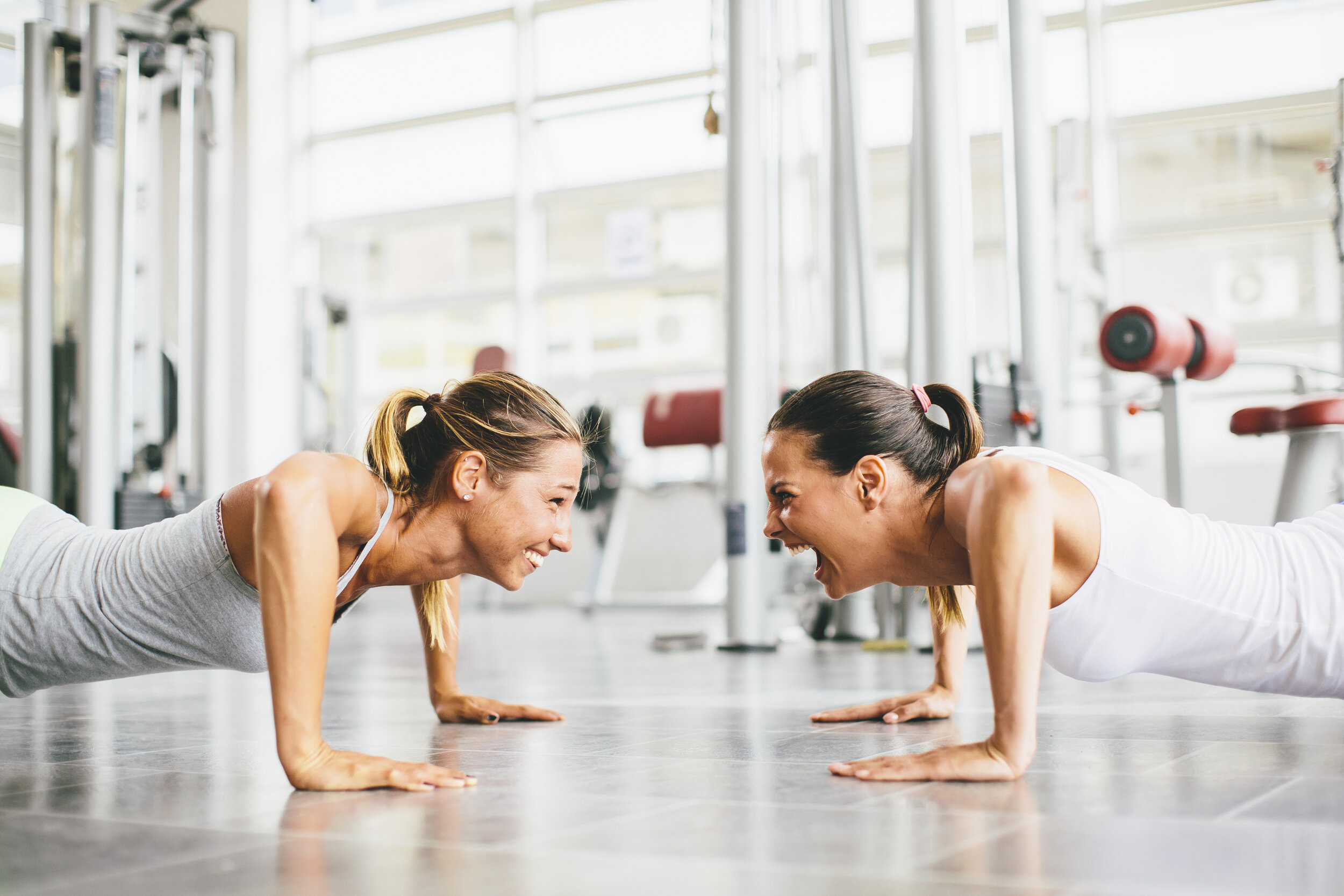The Power Of SharIng Your Story
/By Erin Rhoades
There was a time that I was ashamed to share my struggles.
I was afraid to admit that I battled with disordered eating.
I would under eat and over exercise to an extreme, and when no one was looking on a weekend night, I would binge on sweets to the point I thought I would literally be sick. I had somehow allowed food and exercise to control me. It was all I thought about, and it wasn’t until my body became physically sick that I took a step back and decided that something had to change.
As I dealt with my demons, and my body and mind were healing, I couldn’t help but feel ashamed. I wasn’t that strong, in control person everyone thought I was…at least not yet.
What I didn’t know is that my secret struggles were eventually going to mold me into that person I wanted to be. The transformation that needed to take place didn’t begin until I decided to share my story. I started with one person that I thought might understand and I knew for certain wouldn’t judge me, but would love me through it. By telling that one person, my secret already had less power over me and I immediately felt a little stronger. I decided to share with a few more people and with each time I told about my struggles, a little of that shame melted away.
I eventually decided to speak a little louder and share my story on my blog. I remember staring at my words, wondering if putting my story out there for the world to see was the right thing to do. I finally took a deep breath, counted to three and clicked “post”. I closed my computer and waited a while before I looked for any reactions on my social media, but when I did, I knew I had done the right thing. There were many comments but the one’s that really tugged at my heart were the women thanking me for being vulnerable, because now they didn’t feel so alone.
From that day forward, the shame that burdened me was no longer there. I now find it to be a privilege when I get to share my personal struggles. I personally believe we go through things for two specific reasons. One, they make us stronger and form us into the people we are meant to be. Two, we are to take what we’ve learned from difficult situations and help others. Whether that is helping someone going through a similar situation or to warn others against making our same mistakes. There is a lot more to my story than what I’ve briefly shared (which you can read about here), but I can honestly say with all my heart, that I would gladly go through it all again, if I can stop one person from going down my same path.
I urge you, if you have an experience that has changed your life and made you stronger, to tell that story. You don’t have to write a blog and put your life out there for just anyone to see. Maybe you choose to tell just one person to lighten that burden you’ve been carrying around. Find that someone you trust and share your struggle. Being vulnerable isn’t always fun, but it can be rewarding in many different ways. Maybe your story will be the one that might just change someone else’s life.


